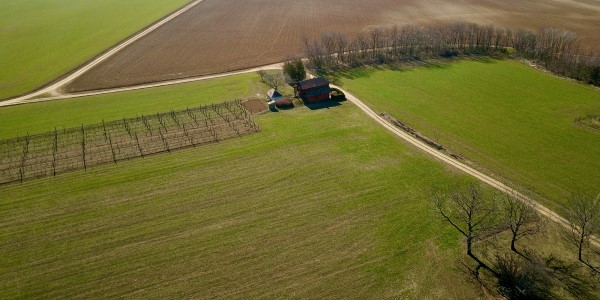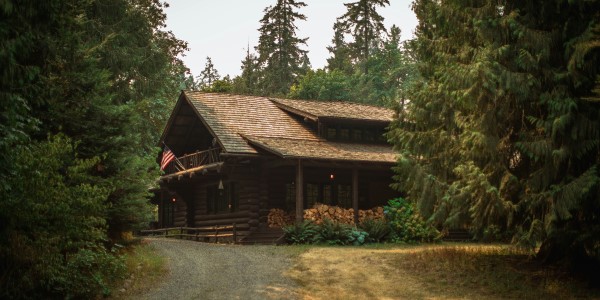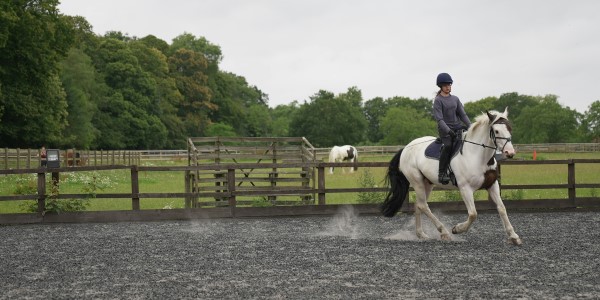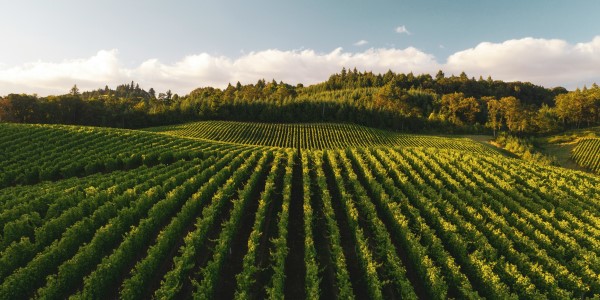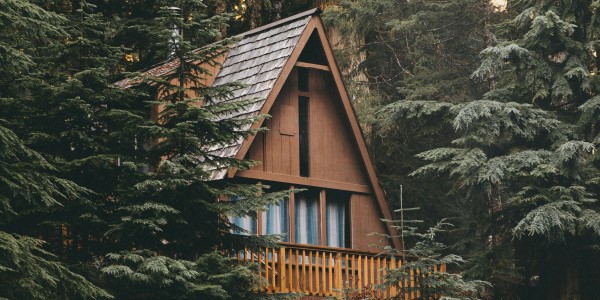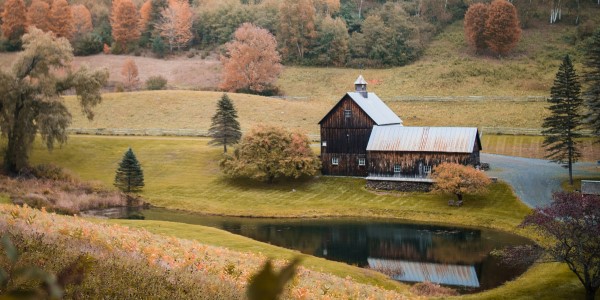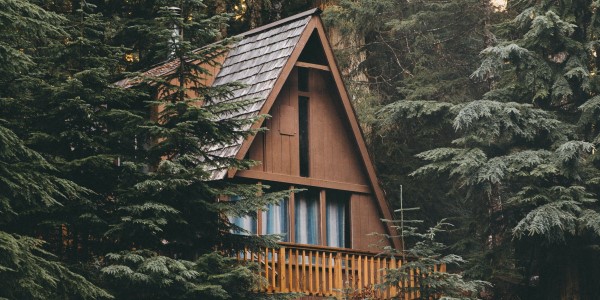Buying rural land in Colorado offers numerous benefits for horse owners. This makes it an ideal investment for those seeking space, tranquility, and a deep connection to nature. One of the primary advantages is the abundance of open space. This is essential for horses to roam, graze, and exercise freely. In Colorado’s rural areas, you’ll find expansive properties that provide ample room for projects. These include building custom barns, riding arenas, and trails right on your land. Also, if you are looking for a horse property for sale in Colorado, contact Colorado Horse Property today and speak with one of our horse-person realtors.
Rural Land for Sale in Colorado
Another significant benefit of purchasing rural land in Colorado is the opportunity for self-sufficiency and a more sustainable lifestyle. Rural properties often come with the possibility of incorporating off-grid living solutions. This includes solar power and water wells, which can reduce your reliance on external utilities. This is particularly advantageous in Colorado’s remote areas, where infrastructure may be limited. For horse owners, this means you can ensure a steady supply of water for your animals. You will always be able to maintain control over your energy needs. Also, you can reduce your environmental impact. Additionally, rural land often includes fertile soil, allowing you to grow your own hay or other crops, further supporting your horses and your sustainable lifestyle.
Finally, owning rural land in Colorado allows you to immerse yourself in the state’s breathtaking natural beauty, offering a serene and peaceful environment for both you and your horses. The state’s rural areas are characterized by stunning landscapes, from rolling meadows to mountainous terrains, providing the perfect backdrop for outdoor riding and exploration. Whether you’re looking to establish a private equestrian retreat or simply want more space for your horses to thrive, buying rural land in Colorado presents a unique and rewarding opportunity for horse owners. Here are the best rural land for sale in Colorado!


